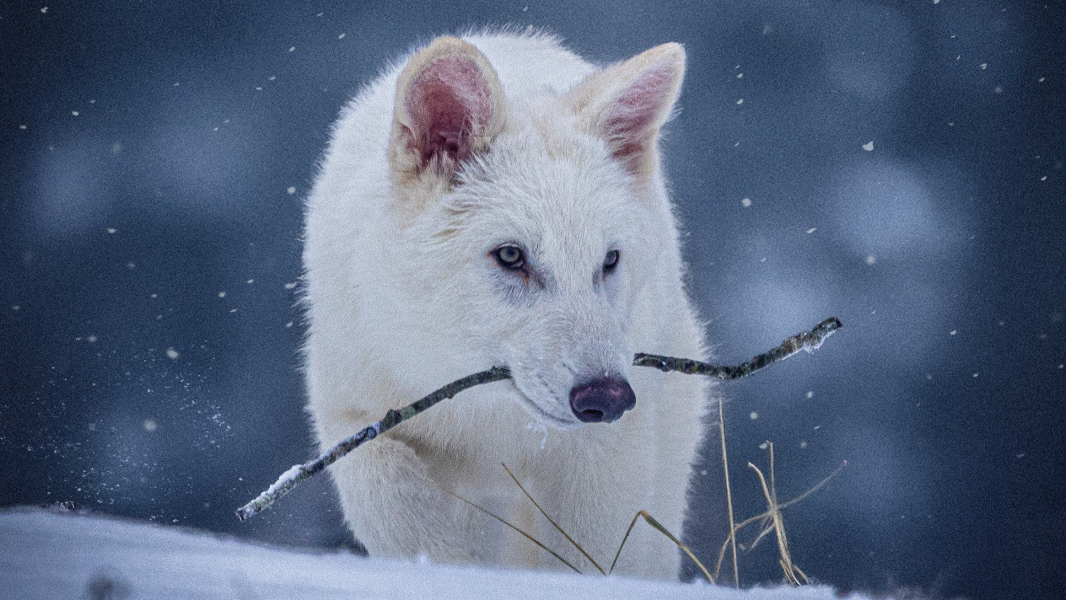
Scientists have developed genetically modified 'dire wolves' that resemble extinct Ice Age predators. (Image credit: Colossal Biosciences)
In a statement on Monday (April 7), researchers said they had succeeded in “reviving” long-extinct dire wolves using genetic engineering.
Biotech company Colossal Biosciences has shared photos of three adorable white puppies that they claim represent “the world's first resurrection of an extinct species.”
Direwolves (Aenocyon dirus), made famous by the HBO series Game of Thrones, became extinct at the end of the last ice age. Colossal CEO Ben Lamm said that by creating the lookalike puppies, the company had “recreated healthy dire wolf puppies” and brought the predators back to life after more than 10,000 years of extinction.
However, many experts argue that the terminology used by Colossal to describe their achievement is misleading. “Colossal has created a grey wolf with characteristics similar to those of the dire wolf,” Nick Rawlens, associate professor and co-chair of the Otago Palaeogenetics Laboratory at the University of Otago, told the New Zealand Science Media Centre (NZ SMC). “It’s not an extinct dire wolf, but rather a ‘hybrid’.”
To produce the pups, scientists extracted DNA from two fossil dire wolf specimens: a 13,000-year-old tooth found in Sheridan Pit, Ohio, and a 72,000-year-old inner ear bone from American Falls, Idaho. Using this DNA, the researchers assembled a partial dire wolf genome, which they then compared to the genomes of their closest living relatives, such as wolves, jackals, and foxes.
Based on the data they obtained, scientists chose the gray wolf (Canis lupus) as the donor species for “restoring” dire wolves – although experts say the two species are not that closely related.
“The latest evidence suggests that the original dire wolf was not actually a wolf,” David Mech, a visiting professor of wolf ecology and behavior at the University of Minnesota and a senior scientist at the U.S. Geological Survey, told Live Science in an email.
In evolutionary terms, dire wolves diverged from wolves around 6 million years ago, forming a completely separate group from today’s grey wolves. “The dire wolf is in its own genus, so it’s a completely different species,” Philip Seddon, a professor of zoology at the University of Otago, told NZ SMC. “The African jackal may be more closely related to the dire wolf.”
“GMO wolves”
Sourse: www.livescience.com





